Introduction: The Return of 3D Gaming, No Glasses Required?
Abxylute, a company that carved out its niche with resolutely affordable cloud streaming handhelds, is now making a monumental leap into the high-performance PC gaming arena with the Abxylute 3D One. This ambitious device, born from a collaborative prototype by Intel and Tencent, isn’t just another Windows handheld; it promises nothing less than the world’s first glasses-free 3D gaming experience on a portable PC. But innovation rarely comes cheap, and with a projected price tag hovering around $1,700, coupled with the historical baggage of past 3D gaming attempts, JoltGamer is poised to dive deep. We aim to dissect whether this groundbreaking handheld represents a visionary leap forward or a costly gamble in a highly competitive market.
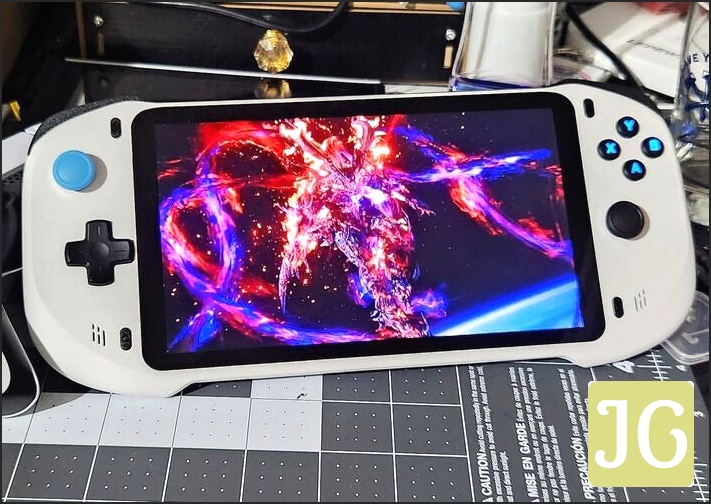
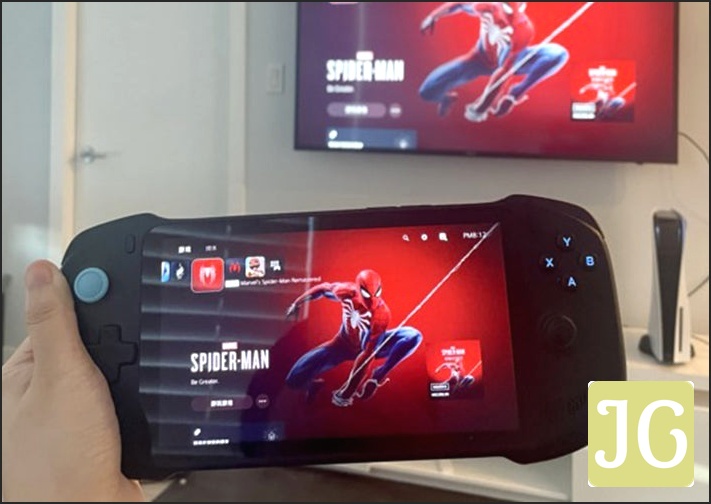
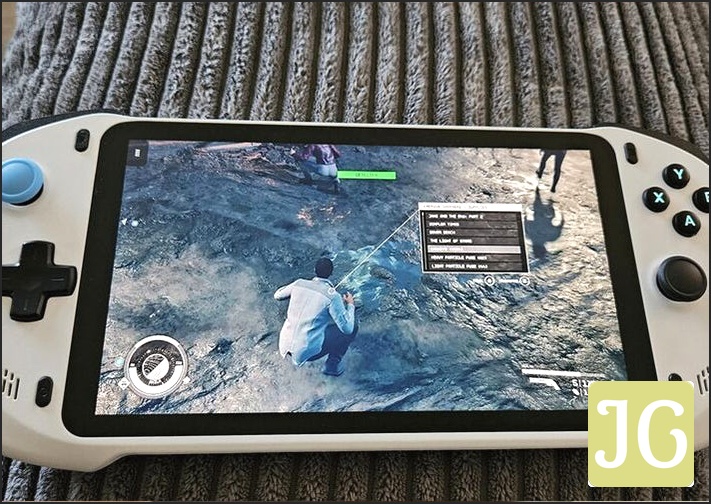
The 3D Dimension: Eye-Tracking, AI, and the Ghosts of Gaming Past
At the heart of the Abxylute 3D One’s bold proposition is its expansive 10.95-inch autostereoscopic (glasses-free) 3D display. This WQXGA panel boasts a crisp 2560×1600 resolution and a 120Hz refresh rate—a crucial detail, as this higher frequency is mandatory for the 3D effect to function optimally. Unlike the Nintendo 3DS, which famously utilized parallax barrier technology, often creating a narrow ‘sweet spot’ for viewing, Abxylute’s approach is far more advanced. It leverages sophisticated eye-tracking, a technology co-developed with Tencent and Intel, designed to dynamically adjust the stereoscopic effect based on the user’s head position, aiming for a consistent and truly personalized 3D experience. This is further enhanced by an onboard AI depth processing engine, which Abxylute claims can instantly convert standard 2D photos, videos, and even unoptimized games into convincing stereoscopic 3D. Moreover, the device comes pre-optimized for 50 top Steam titles, promising a native and immersive 3D experience right out of the box.
Under the Hood: Lunar Lake Power and Premium Components
Powering this ambitious venture is Intel’s cutting-edge Core Ultra 258V processor, part of the new Lunar Lake family, paired with a substantial 32GB of LPDDR5X RAM. This formidable combination firmly plants the Abxylute 3D One in the upper echelons of the high-performance PC handheld category, indicating its clear intent to deliver robust, desktop-class gaming experiences on the go. However, a critical point of analysis emerges with its 50Wh battery. While not inherently small, it is notably smaller than some direct competitors in this premium segment, raising legitimate questions about sustained performance and, more importantly, overall battery life, especially when tasked with driving a large, high-resolution display that requires 120Hz refresh rate for its defining 3D feature.
Abxylute 3D One Key Specifications
| Processor | Intel Core Ultra 258V (Lunar Lake) |
|---|---|
| RAM | 32GB LPDDR5X |
| Display | 10.95-inch (2560×1600) Autostereoscopic 3D LCD, 16:10 aspect ratio, 60Hz/120Hz (120Hz for 3D) |
| Battery | 50 Watt-hour (Wh) |
| Operating System | Windows |
| Controllers | Detachable, Hall Effect Joysticks & Triggers, Twin Touchpads |
| Weight | 1.11 kg (2.45 lbs) |
| Price | Under $1,700 (approx. $1,699) |
| Release Date | Late September/Early October 2025 |
Design Philosophy: Modular Versatility vs. Portability
The Abxylute 3D One distinguishes itself with a highly versatile, 3-in-1 modular design philosophy. This allows it to seamlessly transition between a traditional handheld, a tablet (thanks to its integrated kickstand), or even a compact laptop when paired with an optional magnetic keyboard folio. Its detachable controllers are equally premium, featuring magnetic Hall Effect joysticks and triggers—a welcome addition designed to virtually eliminate joystick drift, a common bane of many handhelds. Twin touchpads further enhance input precision and versatility. Yet, this pursuit of flexibility and a large, immersive display comes with a significant trade-off: its substantial 11-inch screen and overall robust form factor contribute to a considerable weight of 1.11 kg (2.45 pounds). This makes the Abxylute 3D One one of the heaviest handheld consoles on the market, undeniably impacting its portability compared to many of its lighter, more travel-friendly competitors.
The $1,699 Question: Market Positioning and Competition
With a projected price tag of ‘$1,699,’ the Abxylute 3D One doesn’t merely enter the premium segment of the handheld PC market; it aims to redefine it. This pricing positions it significantly above established and highly regarded players like the Steam Deck, and even surpasses the cost of higher-end Windows handhelds such as the Asus ROG Ally X or Lenovo Legion Go. While its glasses-free 3D display is undoubtedly a unique and compelling differentiator, this high cost, coupled with a smaller battery capacity than some rivals and a notable absence of Variable Refresh Rate (VRR) support—a feature that provides noticeably smoother gameplay on many competing devices—demands an exceptionally close examination of its overall value proposition. In a market increasingly crowded with capable alternatives, Abxylute’s pricing strategy is a bold statement that will either define its success or become its Achilles’ heel.
Abxylute 3D One vs. The Competition (Key Specs)
| Feature | Abxylute 3D One | Asus ROG Ally X | Lenovo Legion Go | Steam Deck OLED |
|---|---|---|---|---|
| Price (MSRP) | ~$1,699 | $799-$899 | $699-$749 | $549-$649 |
| Display Size | 10.95-inch | 7-inch | 8.8-inch | 7.4-inch |
| Resolution | 2560×1600 (3D) | 1920×1080 | 2560×1600 | 1280×800 |
| Refresh Rate | 120Hz (3D only) | 120Hz (VRR) | 144Hz (VRR) | 90Hz |
| Processor | Intel Core Ultra 258V | AMD Ryzen Z1 Extreme | AMD Ryzen Z1 Extreme | Custom AMD ‘Sephiroth’ |
| RAM | 32GB LPDDR5X | 24GB LPDDR5X | 16GB LPDDR5X | 16GB LPDDR5 |
| Battery Capacity | 50 Wh | 80 Wh | 49.2 Wh | 50 Wh |
| Weight | 1.11 kg (2.45 lbs) | 678g (1.49 lbs) | 854g (1.88 lbs) | 640g (1.41 lbs) |
The Controversy: Nintendo IP and Marketing Ethics
A notable misstep in Abxylute’s pre-launch promotion of the 3D One has been the controversial use of Nintendo-exclusive titles, specifically Super Mario Odyssey and Fire Emblem: Awakening, prominently displayed on its official website. This marketing tactic is problematic, as these iconic games are only officially available on Nintendo hardware, raising significant questions about intellectual property respect and appropriate advertising for what is unequivocally a PC-based device. While the Abxylute 3D One targets the expansive PC gaming market, such imagery can inadvertently create confusion among potential buyers and, more critically, lead to legal complications for the company. It’s a lapse in judgment that distracts from the device’s inherent innovations.
Abxylute 3D One: The Good, The Bad, and The Unique
Pros
- World’s first glasses-free 3D handheld PC
- Advanced eye-tracking 3D technology (Tencent/Intel co-development)
- Powerful Intel Lunar Lake processor (Core Ultra 258V) and 32GB LPDDR5X RAM
- Versatile 3-in-1 modular design (handheld, tablet, laptop with optional keyboard)
- High-resolution 11-inch 2560×1600 display
- Detachable controllers with Hall Effect joysticks and triggers (drift-resistant)
- AI depth processing for converting 2D content to 3D
- Optimized 3D experience for 50 top Steam games
Cons
- Very high price point (~$1,699)
- Significantly heavier and less portable than competitors (1.11 kg)
- Smaller 50Wh battery compared to some high-end rivals (e.g., ROG Ally X’s 80Wh)
- No Variable Refresh Rate (VRR) support
- Controversial use of Nintendo IP in promotional materials
- 3D functionality exclusively requires 120Hz refresh rate
- Niche appeal of glasses-free 3D gaming may limit mass adoption
JoltGamer’s Final Verdict: A Bold Step, But For Whom?
The Abxylute 3D One is undeniably a fascinating piece of technology, pushing the boundaries of what’s possible in portable gaming. Its glasses-free 3D display, powered by sophisticated eye-tracking and an Intel Lunar Lake chip, represents a genuine innovation that offers a unique proposition in a crowded market. However, every innovation has its trade-offs. The device’s substantial weight, its relatively modest 50Wh battery life for a high-performance PC handheld, and most critically, its premium $1,699 price tag, firmly position it as a niche device—one clearly aimed at early adopters and enthusiasts with deep pockets. The ultimate success of its glasses-free 3D implementation will be paramount, as the gaming market has historically been wary of such technologies. While the Abxylute 3D One offers a compelling glimpse into a potential future for portable gaming, it faces an uphill battle against more established, often more affordable, and significantly more portable competitors. It stands as a bold statement piece, a technological marvel, but not yet a mainstream contender for the average gamer.
Frequently Asked Questions About the Abxylute 3D One
What is the Abxylute 3D One?
The Abxylute 3D One is a new high-performance handheld PC gaming console featuring a glasses-free 3D display, powered by an Intel Lunar Lake processor, and designed for versatile 3-in-1 use (handheld, tablet, laptop).
How does the glasses-free 3D technology work?
It uses an advanced eye-tracking system, co-developed with Tencent and Intel, to dynamically adjust the stereoscopic 3D effect based on the user’s eye position. It also includes an AI depth processing engine to convert 2D content to 3D.
What is the price of the Abxylute 3D One?
The Abxylute 3D One is expected to retail for approximately $1,699.
When will the Abxylute 3D One be released?
It is scheduled to go on sale in late September or early October 2025.
Can it play all PC games in 3D?
Abxylute claims to have optimized 50 top Steam games for native 3D play. Additionally, its AI depth processing engine can add 3D depth to other 2D games, photos, and videos in real-time.
Sources
- The Verge (corroborated claims regarding 3D One, Intel/Tencent prototype, pricing, optimization)
- VideoCardz (specifications, weight, screen size, prototype branding)
- Abxylute Official Website / Discord Channel (pricing, release date, promotional controversy)
- CES 2025 reports (initial prototype showcasing)
- Intel (Lunar Lake processor details, co-development)
- Tencent Games (3D display technology, co-development)

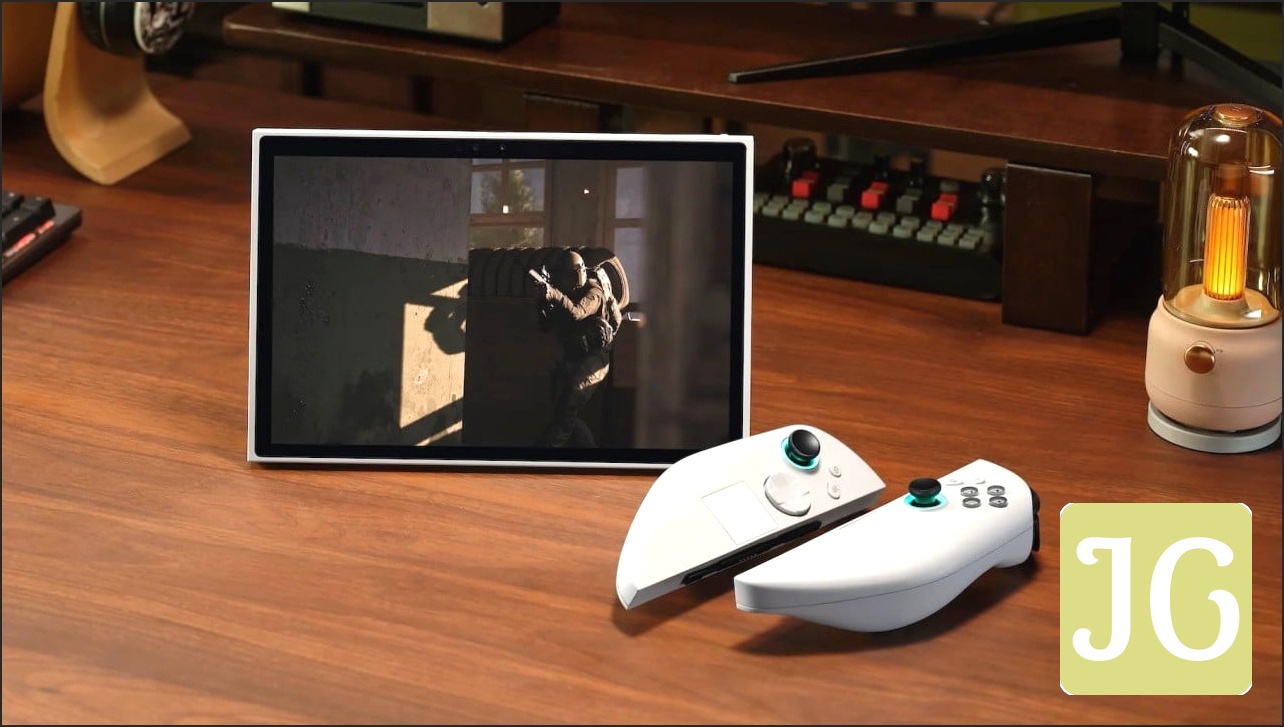
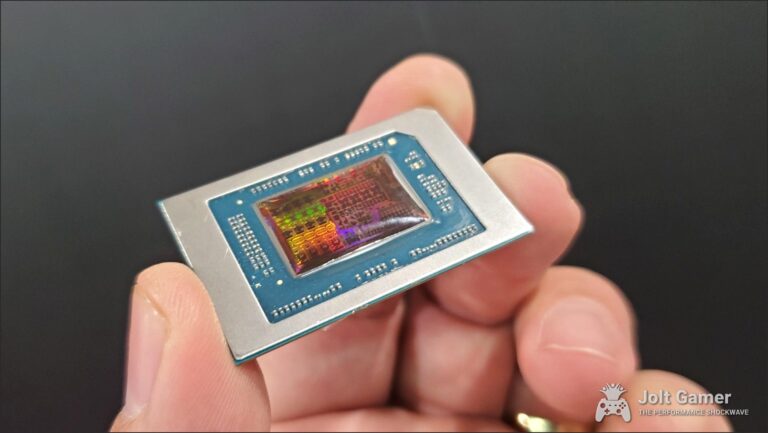
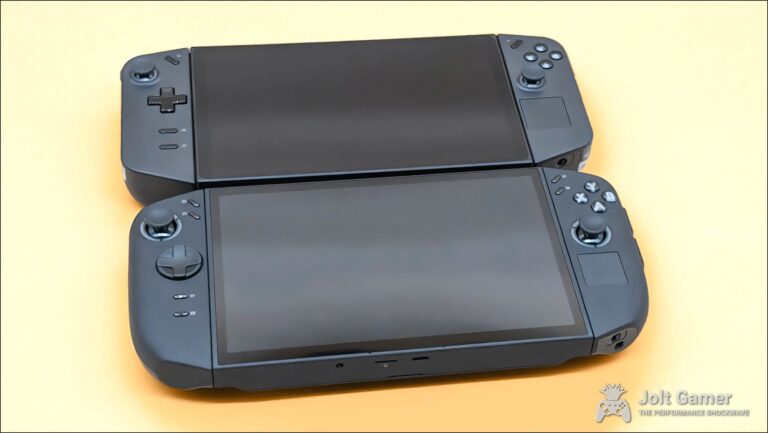

This insightful article provides a comprehensive breakdown of the Abxylute 3D One, highlighting its impressive tech like eye-tracking and AI 3D conversion, but also raises concerns about its weight, battery, and high price point. A fascinating look at the future of portable gaming!